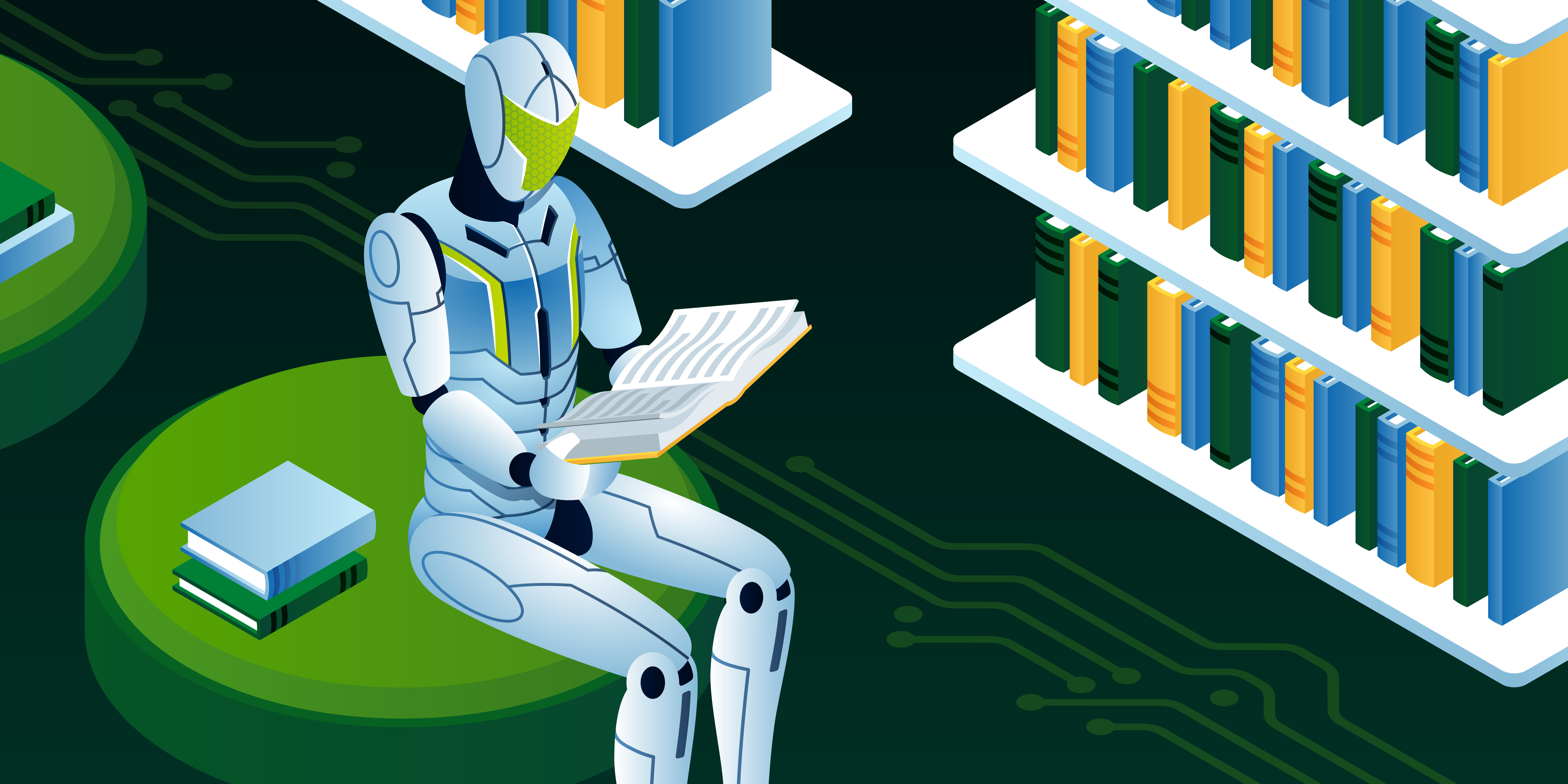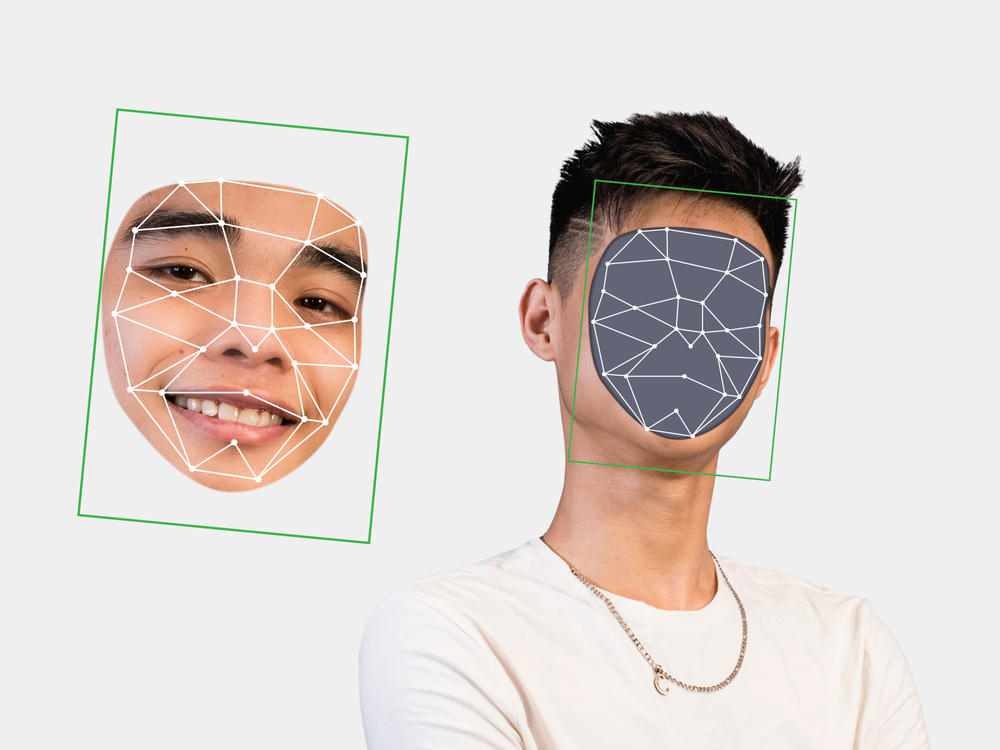Artificial intelligence impacts our daily lives in a myriad of both exciting and mundane ways. As you unlock your mobile phone using facial recognition, scroll through your recommended social media feed or check your spam-filtered email inbox, all these instances are just some of your daily touchpoints with AI. Given the prevalence of AI, it is not surprising that many AI applications have also found their way into courtrooms around the world.
- 05 May 2021
Speeding up access to justice
The judiciary is a system of courts that interprets and applies the law. As the World Bank succinctly puts it, the courts are a way to resolve disputes justly. However, getting a court date can be a long-drawn process and that is before the case is presented. This backlog was exacerbated by the Covid-19 pandemic, which saw many courts being temporarily shut. According to a report by the BBC, barristers in the United Kingdom are predicting that some trials may not be heard until 2024 unless court availability is improved.
AI offers an alternative to traditional dispute resolution. The AI algorithm is trained on large groups of past judgement data to identify and learn patterns that lead to a particular decision. Taking an example of a minor traffic incident, parties are presented with a list of predetermined questions and follow-up questions. The trained AI can simulate an indicative judgement based on the parties’ inputs and the courts’ rule book. This can be a preliminary step for the involved parties to understand the possible liabilities and penalties incurred. They may subsequently choose to settle out of court instead of pursuing litigation, freeing up court resources.

Cutting through the data clutter
The backbone of many legal cases is robust legal research, especially for common law nations. This is because they predominately rely on precedents made by past cases to make legal arguments. Traditional legal research requires lawyers to trawl through digital records using Boolean search that have to balance relevancy with specificity. Overly broad search terms bring up extraneous material while being too specific yields nothing. AI-augmented legal research tools use natural language processing (NLP) to interpret the intent, context and nuance of what is being searched. NLP search queries can take the form of a question or everyday language. Through machine learning, searches will get more accurate over time as the algorithm is trained through previous user queries and selected results. This makes searching and discovery a lot more efficient and effective.
Apart from heavy legal research, the legal sector is also known for generating heaps of paperwork. AI is particularly well-suited to handle the vast amount of data. One application is the AI-augmented Case Assignment, which uses a combination of data science algorithms to define a case affinity with a judge. A multitude of data points, including case nature, document quantity, current workload and historical records, can be factored in. Court registrars are then given recommendations on which cases are best assigned to the judge best qualified to access the case. This offers a fairer alternative for work allocation, while still providing the leeway for court registrars to make the final decision.

The dark side of AI
While AI has been heralded as an agent of positive change in the legal sector, it can just as easily be used for more malicious purposes. Back in 2018, a video of former United States President Barack Obama disparaging then-President Donald Trump went viral. However, this incident never occurred. Such videos are known as Deepfakes and they utilise deep learning AI to manipulate media to depict highly realistic fictitious events. Fortunately, the intention of the particular video was to inform the public on the power and dangers of deepfakes.
What happens when Deepfakes are presented as digital evidence? A ‘fighting fire with fire’ approach using deepfake detection tools is crucial to tackle synthetically altered digital evidence. Given that deepfake technology is constantly evolving, deepfake detection will not be able to deliver 100 percent accuracy. Digital evidence will always have to be evaluated alongside other physical evidence and human judgement.

Augment, not replace
The image of AI robots presiding over the courts is still a long way into the future. The complexity and nuances of human behaviour ensure that there will always be a place for human judgement and empathy in justice proceedings. The best use for AI in court technology is to lessen the burden of easily automated low-level tasks. This frees up judges and lawyers to focus on more demanding cases, and to interpret and apply the law the best they can.
